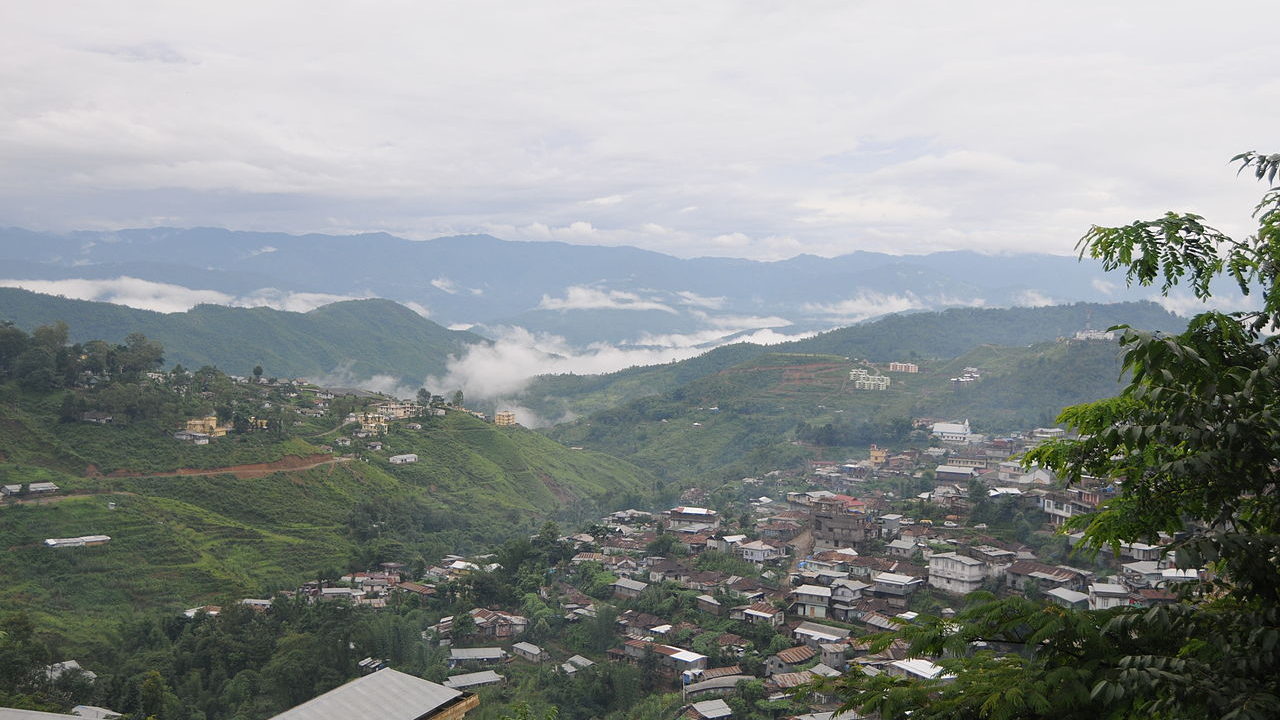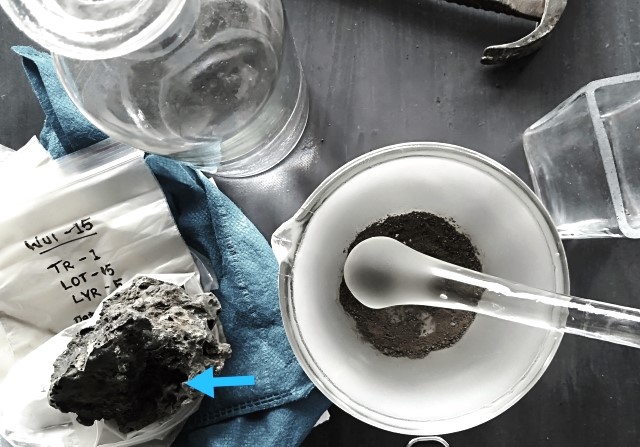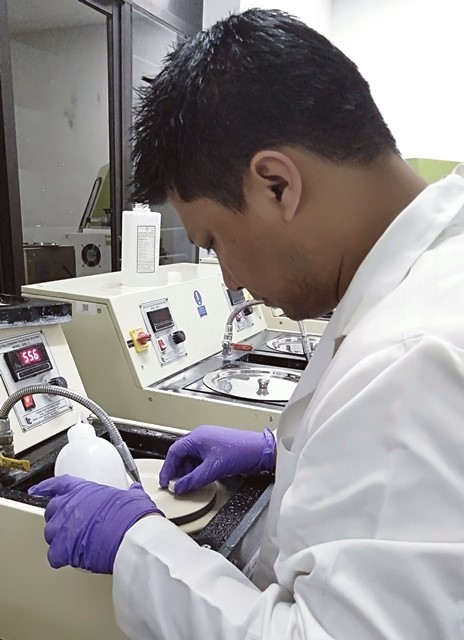
Evidence of Pre-Modern Iron Technology Found in Nagaland
- News
- 1.6K
The development of technology for extracting metals from ores has been critical in the growth of various civilizations. Smelting is one process that has evolved over time. Some regions and communities have contributed greatly in shaping and evolution of such technologies through their skills, knowledge, and craft. Scientists, archeologists, and historians are exploring the history and evolution of such technologies to know more about the art and culture of communities.

In one such initiative, scientists from Nagaland University and the Indian Institute of Technology, Guwahati have studied the history and evolution of smelting in Wui village of Tuensang district of Nagaland. The village is well known for its traditional art of iron-smelting and iron tool production since pre-colonial times.
In medieval times, spears forged from Wui were highly valued. Iron smelting was once the primary source of livelihood for Wui people. Smelting of Wui community was of exceptional quality and kings from even far off places such as Myanmar would get their weaponry specially made from Wui. The current scenario is, however, grim. Iron smelting is a dying art and people of Wui are struggling to preserve their traditional knowledge.

The researchers studied various chemical properties and compositions, quality and quantity of mineral iron content and other oxides to grasp the use of early iron technology in Nagaland. It emerged that iron ore used for smelting in early days was primarily mined from this region. Thus it was, perhaps, a major source of iron-ore in Nagaland.
The researchers excavated two trenches at two different localities of the village. This was done on the assumption that the people from this area may have been engaged in iron-smelting for generations and, therefore, there was a high probability for extracting slag refuse from the deep layers of the trenches. This would be vital for understanding the early metallurgical practice.
The first trench revealed a four-meter thick cultural deposit, revealing six layers. The excavation yielded cork-mark potteries, animal bones, glass beads, slag, and good quality charcoal. The second trench too revealed a thick habitation deposit. Evidence from this trench included plain and cork-mark potteries, perforated roof tiles or slates, glass beads, and charcoal. Charcoal from both trenches was carbon dated and their age ranged from 800-753 BCE to 980-1053 AD.
An analysis of microstructure iron slag and ore samples was done using X-ray diffraction. Hardness test was also done to understand microstructures in terms of its strength and hardness. Electrical furnace test was done on the iron ore sample to examine the chemical variations. All these tests provided a detailed account of the presence of different mineral compositions.
Tiatemjen Tzudir, one of the co-authors of the study, said, “this research is part of an ongoing study and we are looking for further evidence for smelting and iron smithing for a better understanding of technological and social processes involved in pre-modern iron production in Wui and other sites in Nagaland. It is among the first such research initiatives aimed at understanding the metal craft history of Wui community.”
The research team included Tiatemjen Tzudir and Tiatoshi Jamir (Nagaland University) and Sukanya Sharma (IIT-Guwahati). The study results have been published in the journal Current Science. (India Science Wire)
By Rayies Altaf
If you liked this article, then please subscribe to our YouTube Channel for the latest Science & Tech news. You can also find us on Twitter & Facebook.


